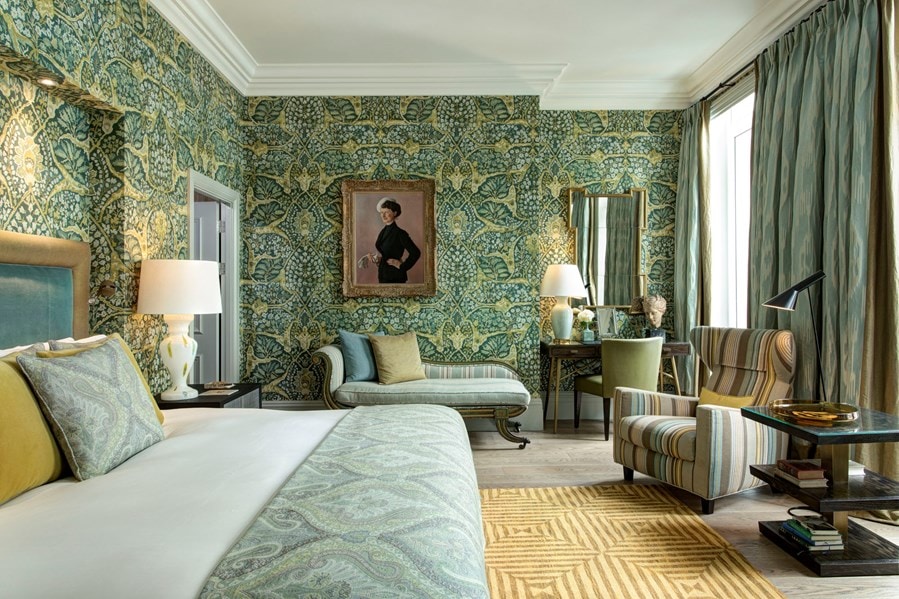Olga Polizzi, Director of Design
You wouldn’t necessarily say there’s a house style to Rocco Forte Hotels. But what there is, in abundance, is style, at every hotel. Since Rocco Forte first acquired and reinvented The Balmoral in Edinburgh in 1998, the collection has innovatively ‘un-done’ conventional hotel design as it’s grown. In its place, it has privileged two objectives: to create a sense of a home in every hotel (albeit a very sleek, elegant home); and to capture, through decor and ambience, a sense of place. What you’ll never encounter when you walk into a Rocco Forte hotel or resort is a commodified brand, identikit feel. Quite the opposite; and very much by design.
That Rocco Forte Hotels was the first to pioneer this new vision for hotel style is down to its director of design, Olga Polizzi. Like her brother Sir Rocco, she learned the ropes of hospitality working with her father, Lord Forte, at Trust House Forte (which later became Forte Hotels), and then over the course of 25 years of developing and designing Rocco Forte Hotels. But her immersion course in taste and original style started much earlier, at home and in famiglia.
